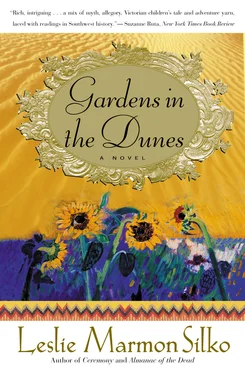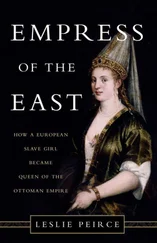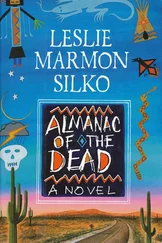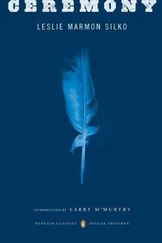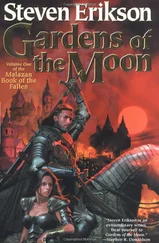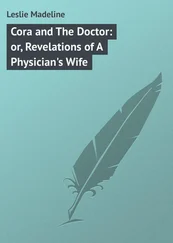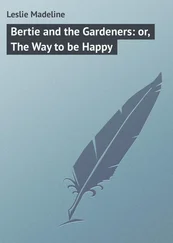The Pará estuaries teemed with unimaginably diverse animal and plant life; monkeys, colorful parrots, and cascades of rare orchid flowers were not all; the Pará River was the only habitat of the Hevea brasiliensis , the most important source of natural rubber in the world.
Hevea brasiliensis , the Caoutchouc Tree, the Pará Rubber Tree, sixty to one hundred thirty feet tall in native sites, floodplains in the watersheds of the Amazon and Orinoco Rivers. Leaflets elliptic, two to twenty-four inches long, thick and leathery. Seeds used as food by natives; the milky juice is the best and most important source of natural rubber.
Edward read over his notes with a growing sense of regret; he felt uneasy about additional companions so near the departure, but he trusted the judgment of Mr. Albert and the company, so Edward did not object.
He had more misgivings after his two companions were introduced: Eliot was a large sullen man who might be mistaken for a prizefighter were it not for the finely tailored white linen suit he wore. Vicks was small and dapper, but his eyes did not meet Edward’s when they were introduced. Mr. Albert produced the list of the rare orchids they were to collect, and Edward realized Mr. Eliot knew little or nothing about orchids. Eliot interrupted Edward’s descriptions of the orchids’ habitats to ask frivolous questions about the wet seasons and the dry seasons. The first time Eliot behaved rudely, Edward looked at Mr. Albert, who returned his gaze; after the second interruption Mr. Albert looked down at the list of orchids, cleared his throat, but said nothing.
Mr. Eliot and Mr. Vicks shut themselves in their cabins before the steamship sailed, and Edward did not see them again until St. Augustine, where Mr. Eliot emerged reeking of rum and accompanied the first mate downtown. Mr. Vicks continued to take his meals alone in his cabin. The weather and currents were favorable and the steamship reached Port-of-Spain in near-record time. Edward’s misgivings about his companions gradually waned as he savored the beauty of the lush islands of emerald green in a sea of topaz. He stood at the ship’s stern for hours on end, damp with ocean mist, to look down at the subtle shifts of color in the transparent water until he saw an unfamiliar hue. He collected the seawater in a bucket tied to a long rope, then examined the water for rare algae or mosses under the microscope. He was so contented with his algae and mosses he gave little or no thought to Eliot and Vicks. They scarcely acknowledged one another if they happened to meet on the deck. Edward relaxed; it was as if he were traveling alone.
The weather and currents were favorable and the steamship reached Pará on schedule. Their luggage was transferred to a mule-drawn cart that rattled down the planks of the dock to the small river steamer hired for the expedition up the Pará River. The boat captain was a gregarious Frenchman who insisted his distinguished passengers join him in a toast to the success of their journey, which was followed by another toast for favorable weather. The cabin boy refilled their glasses a third time and the captain made a toast to the saints to protect them from savage beasts and Indians. Edward was more worried about the boat’s three crewmen, blackened with coal dust, who skulked up from the boiler room to gawk at their passengers before they disappeared below.
Once the riverboat was under way, Edward began to unpack and assemble his traveling laboratory. The boat was to serve as their headquarters while they made excursions on foot and by canoe into the jungle. The rainy season was past and the air was warm and relatively dry — just the conditions that favored the flowering of wild orchids. As the river narrowed Edward spent hours in a deck chair, where he was able to scan the banks with the aid of his binoculars.
Orchids were rare in the dense forests of the lowlands, except in treetops and precipitous rocks above deep ravines and rivers. Few orchids liked deep shade — those few were those with green or white flowers; the colorful orchids came from sunnier, more open terrain. Edward scanned the list of orchids wanted by the consortium of hybridizers and noted which were winter blooming and must be collected now; the others, which bloomed in the spring and summer, could be collected last. These latter genera were the Laelia and Cattleya much sought by hybridizers, who wanted the rich colors of the Laelia flower but with the robust size and graceful shape of the Cattleya flower.
The Laelia crispa had large fragrant white flowers with yellow-and-purple lips on a rather long stem. The hybridizers were interested in making a fragrant Cattleya , so the list included a number of specimens unproven in hybridization but wanted for the fragrance they might contribute to the hybrid that growers dreamed of. Edward was most concerned about this specimen because it did not bloom until summer, uncomfortably near the end of their time on the Pará.
The Laelia purpurata circled on the list was sought by the hybridizers for its huge, eight-inch flowers of white suffused with rose, and rich velvety purple on its bell-shaped lip. The purpurata bloomed in the spring and Edward was confident he could obtain enough specimens before their departure. Also at the top of the list was Laelia cinnabarina; though not large, this orchid was prized by hybridizers for its bright rich red-orange blossoms shaped like stars. Scarce because it was much sought after by collectors and hybridizers, the cinnabarina bloomed from spring to late autumn, which made the plant somewhat easier to locate.
Edward was surprised to see Cattleya labiata near the top of the list because only a few years before, a great many C. labiata had been found and were purchased by two different investment companies, one Belgian, the other British. A dispute arose over which company had the true C. labiata , and when word came from scientists that all the specimens were true Cattleya labiata , the price of an individual plant fell from $20 to $1 and a number of private investors were ruined.
The Indians and their canoes were waiting on the riverbank when the steamer chugged into the village of Portal. The Indians were familiar with the orchid trade, and two men carried a moss-covered limb with a fine specimen of Oncidium papilio , with a long flower spike of bright orange-and-yellow flowers the shape of big butterflies, the so-called butterfly orchid that set off orchid mania years before. The papilio did not grow indoors, so there was a steady demand for replacements of those that died of overwatering and the cold.
Now, the Indians knew the value of wild orchids, but frequently white brokers came upriver and demanded their entire stock of a species to corner the market. Indians who did not cooperate were flogged or tortured, much as they were at the Brazilian and Colombian rubber stations. These Indians worked for the French boat captain, who protected them from the violence of the brokers and agents; in return they sold him all of the best plants they found. Edward purchased the papilio from the Indians at the price set by the Frenchman — too expensive, really, but it was such a big, mature plant that Edward paid. The Frenchman offered to send his Indians out to gather every specimen on the list, but both Edward and Mr. Eliot declined.
Before dark, Edward followed the muddy track from the river into the old village of Portal, which was a rubber station in the early days of the rubber trade. Years ago the old village was burned during a dispute between rival rubber companies. The new business district of Portal sprang up along the riverbank and consisted of some ramshackle boats and rotting barges tied to big logs. Apparently the Frenchman owned these boats and barges as well and rented space to the merchants and traders for their establishments. Miners and plantation foremen from hundreds of miles around depended on Portal for food and supplies, delivered to distant outposts upriver by the Frenchman’s riverboats, the Louis XIII , the Louis XIV , and the Louis XV .
Читать дальше
